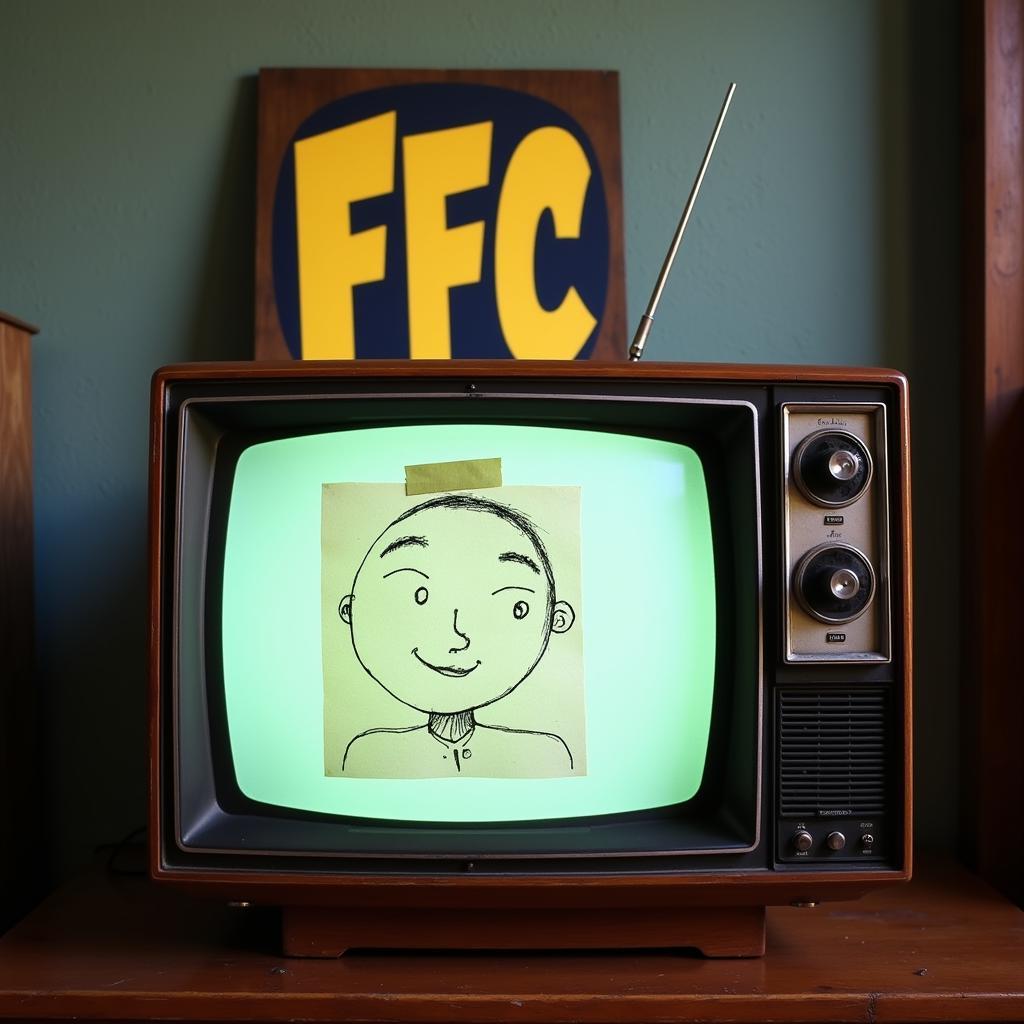The landmark case of Action for Children’s Television v. FCC (1980) marked a significant turning point in the regulation of children’s programming on American television. This case, brought by the advocacy group Action for Children’s Television (ACT), challenged the Federal Communications Commission’s (FCC) approach to overseeing the quality and quantity of programming dedicated to young viewers.
The Origins of Action for Children’s Television
Founded in 1968 by Peggy Charren, ACT emerged from a growing concern among parents and educators about the state of children’s television. Critics argued that programming was dominated by commercials disguised as educational content, with little emphasis on quality or diversity. ACT sought to use legal challenges and public pressure to push for more educational and enriching programming for children.
The Heart of the Case: Challenging the FCC’s Role
ACT’s lawsuit against the FCC centered around the agency’s perceived failure to adequately regulate children’s television. The FCC had adopted a laissez-faire approach, relying on broadcasters to self-regulate and provide a “meaningful effort” towards educational content. ACT argued that this vague standard was insufficient, allowing networks to prioritize profits over the needs of young viewers.
 Children's Television and the FCC
Children's Television and the FCC
Key Arguments and Court Decisions
ACT’s legal challenge hinged on several key arguments. They asserted that the FCC’s “meaningful effort” standard was too ambiguous to be effective, failing to provide concrete guidelines for broadcasters. Furthermore, ACT argued that the FCC had neglected its responsibility under the Communications Act of 1934 to ensure that programming served the “public interest,” which included the needs of children.
The court largely sided with ACT, finding that the FCC’s existing regulations were inadequate. The court mandated that the FCC adopt more specific guidelines for children’s programming, including requirements for educational content and limitations on commercial time.
The Aftermath and Lasting Impact
While the Action for Children’s Television v. FCC case did not instantly revolutionize children’s programming, it set in motion a series of changes that continue to shape the television landscape today.
 The Impact of ACT v. FCC
The Impact of ACT v. FCC
Key outcomes of the case and subsequent FCC actions included:
- The establishment of specific time requirements for educational programming. This led to the creation of designated blocks for educational and informational (E/I) programming, which remain a staple of children’s television schedules.
- Limitations on advertising during children’s programming. The court upheld restrictions on the amount of commercial time allowed during children’s shows, curbing the influence of advertising on young viewers.
- Increased scrutiny of program content. The case prompted the FCC to take a more active role in monitoring the quality and appropriateness of children’s programming.
A Legacy of Advocacy for Children’s Media
The Action for Children’s Television v. FCC case stands as a testament to the power of citizen advocacy in shaping media policy. It highlights the crucial role of government regulation in ensuring that broadcasting serves the needs of all segments of society, particularly vulnerable audiences like children.
“This case was a watershed moment for children’s television,” explains Dr. Emily Jones, a media studies professor specializing in children’s programming. “It forced broadcasters to acknowledge their responsibility towards young audiences and led to the creation of valuable educational programming that continues to benefit children today.”
 Legacy of Children's Television Advocacy
Legacy of Children's Television Advocacy
The case also underscores the ongoing need for vigilance and advocacy in the ever-evolving media landscape. As new platforms and technologies emerge, it is crucial to ensure that regulations keep pace with the changing ways children consume media, protecting them from harmful content and promoting their access to quality educational programming.
Conclusion: A Turning Point, Not a Finish Line
Action for Children’s Television v. FCC marked a significant victory for advocates of quality children’s programming, but the fight for a diverse and enriching media landscape continues. While the case established important legal precedents, it is crucial to remain vigilant in holding broadcasters accountable and advocating for policies that prioritize the well-being and educational needs of children in the digital age.